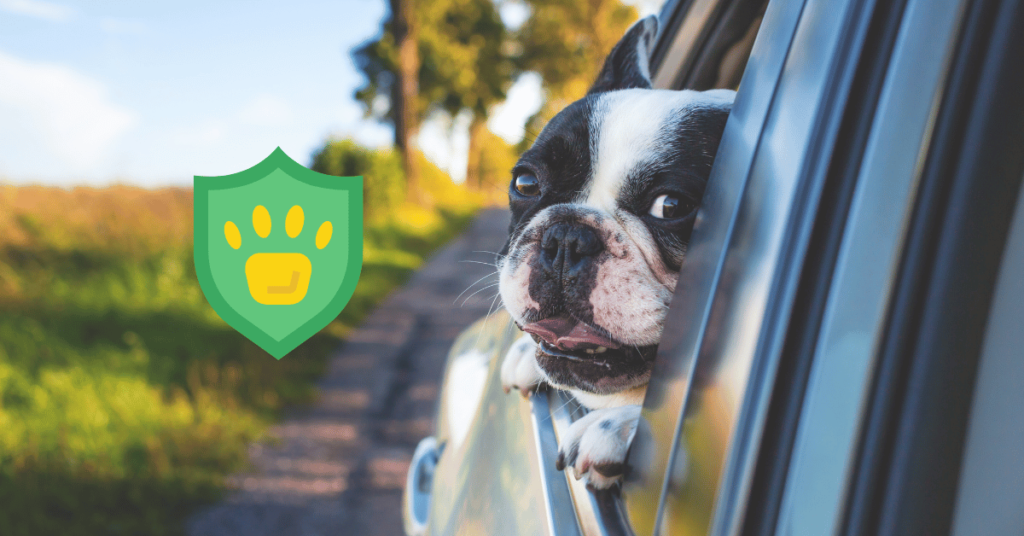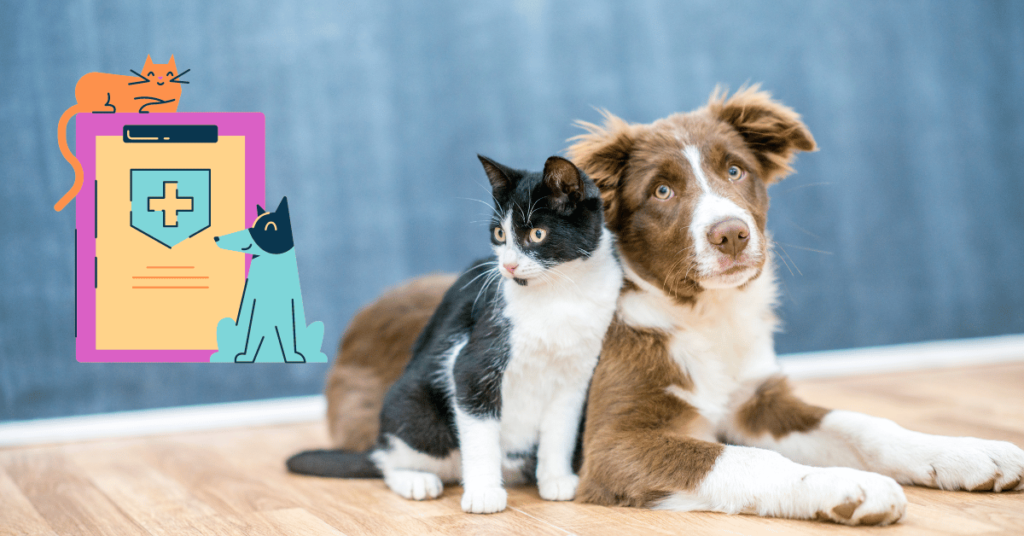Pet insurance can be a great way to help manage the cost of unexpected veterinary bills, but it’s important to know that not all expenses are covered. While pet insurance helps with many health issues, there are exclusions, restrictions, and conditions that may not be included in your policy. These exclusions can vary by provider, type of coverage, and even by the breed or age of your pet.
In this article, we’ll explore what pet insurance typically does not cover, and provide an overview of the most common exclusions and limitations to help you make an informed decision when selecting a policy.
Types of Pet Insurance Coverage
Before diving into the exclusions, it’s important to understand the main types of pet insurance coverage:
- Wellness Coverage: Covers routine care such as exams, vaccinations, and preventative treatments.
- Accident Coverage: Covers injuries resulting from accidents, such as fractures or wounds.
- Comprehensive Coverage: Includes both accidents and illnesses but often does not include routine wellness care.
Different types of insurance provide specific coverage, and it’s essential to know which category your policy falls into when reviewing what is excluded.
Common Exclusions in Pet Insurance Policies

Pet insurance exclusions can often outnumber what is actually covered, so it’s important to review your policy carefully. Here are the most common exclusions:
1. Pre-Existing Conditions
Most pet insurance policies will not cover pre-existing conditions—health issues that your pet had before the policy was purchased. This includes chronic conditions such as diabetes or heart disease that your pet has been diagnosed with before your coverage starts. However, some companies may cover a condition if it has been cured for a certain period of time, so it’s important to ask about this when choosing a policy.
2. Pregnancy and Birth-Related Costs
While some policies may cover complications during pregnancy, most pet insurance providers exclude routine pregnancy and birth-related expenses. If your pet becomes pregnant, you are likely responsible for the costs associated with the birth and postnatal care.
3. Death of a Pet
Not all pet insurance policies cover costs related to the death of a pet, such as euthanasia, cremation, or burial. However, some comprehensive or wellness policies may reimburse you for certain end-of-life services. Be sure to check if these are included in your plan.
4. Bilateral Conditions
Bilateral conditions are those that can occur on both sides of the body, like hip dysplasia or cataracts. Many policies will exclude coverage if your pet has already had a condition on one side, even if the other side is still unaffected. This is a common exclusion, so it’s important to be aware of this limitation.
5. Preventable Diseases
If your pet contracts a preventable disease, such as kennel cough or canine influenza, and you have not vaccinated them, most pet insurance policies will exclude treatment costs. Keeping your pet’s vaccinations up to date is important for both their health and your insurance coverage.
6. Breed-Specific Exclusions
Certain breeds are predisposed to specific medical conditions, and insurers may exclude coverage for these conditions based on breed. For example, large dog breeds like German Shepherds are prone to hip dysplasia, and some policies might exclude coverage for this condition in those breeds.
7. Age-Related Exclusions
Pet insurance companies often have age limits. Some insurers may refuse to cover pets that are too young (under 8 weeks) or too old. Even if they offer coverage for older pets, the premiums can be much higher, and coverage may be limited.
8. Elective and Cosmetic Procedures
Elective procedures, such as tail docking, ear cropping, and declawing, are often excluded from pet insurance policies. These cosmetic or non-essential treatments are usually considered optional and therefore not covered by most insurers.
9. Nonstandard and Non-Veterinary Services
Pet insurance generally excludes non-veterinary services and those not related to direct medical care. This includes services such as boarding, grooming, bathing, food, supplements, and transportation. Other nonstandard services, like behavioral training or experimental treatments, are also often excluded.
Waiting Periods and Restrictions
Many pet insurance policies have a waiting period of 10 to 30 days, during which no claims can be made. Additionally, any condition that appears during this waiting period may also be excluded from future coverage.
It’s also important to note that some policies include restrictions on certain types of care, such as dental care or chronic illness treatment, so reviewing the fine print is critical.
Understanding the Costs vs. Value
The cost of pet insurance varies based on factors like the type of policy, breed, age, and location of your pet. On average, dog insurance can range from $17 to $53 per month, while cat insurance costs range from $10 to $32 per month. Accident-only policies are generally less expensive than comprehensive plans, but they offer limited coverage.
When weighing the cost of pet insurance, consider the potential out-of-pocket expenses for treatments that are not covered by your policy. If your pet is prone to certain conditions or if you want coverage for preventative care, a comprehensive policy may be worth the higher premium.
Conclusion
Pet insurance is designed to help cover unexpected veterinary expenses, but it’s crucial to understand what is not covered by your policy. Common exclusions include pre-existing conditions, pregnancy-related costs, certain breed-specific issues, and elective procedures. Knowing these limitations will help you choose the right coverage for your pet’s needs and avoid surprises down the line.
Always read the fine print and ask questions before purchasing a policy to ensure it meets your expectations. By understanding both the coverage and exclusions, you can make an informed decision that best protects both your pet’s health and your finances.
So that was all about this article. If you have any further questions feel free to comment down below. We are always here to help you!




